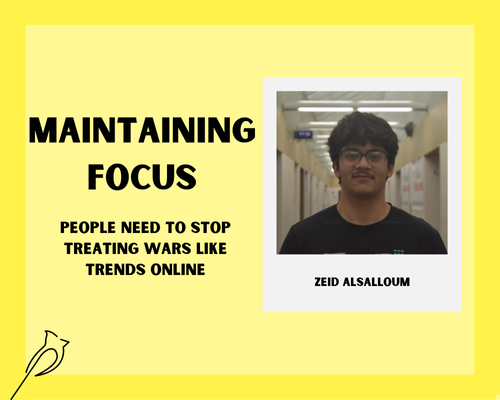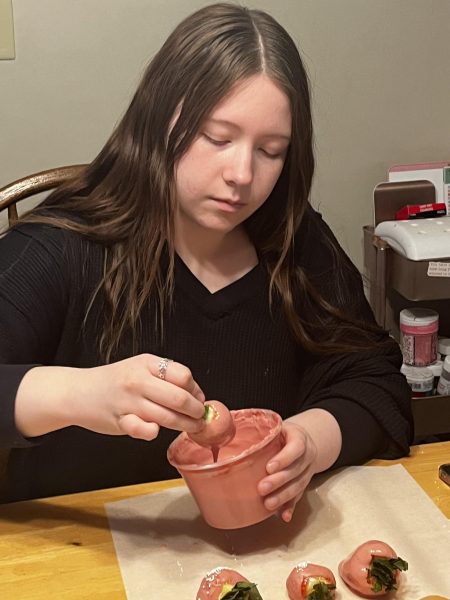Breaking the mold
Street art needs to be appreciated in a public setting
Something is out of place in this museum. Among the Van Goghs, Rembrandts and Picassos, sits an outlier, an artwork by the street artist Banksy. This could be any museum, as long as they pay to have one of the most well-known and elusive street artist’s piece in their galleries.
Starting his career in the 90s, he quickly mystified and intrigued the public with both his anonymity and politically-charged works.This presents a unique problem for art aficionados and the everyday public.
Placing street art in museums goes against its temporary nature. It’s meant to be covered up and eroded by nature. The beauty of it is that it’s transient and can be changed easily. Street art isn’t usually meant to be glorified and revered like other art.
In addition to contradicting a foundational street art principle, street art in museums prevents people from easily accessing it. When in the public eye, passersby are free to enjoy the newest art piece in town on their way to work. Museums usually charge fees and thus stop people without extra money from enjoying arts and culture.
An area famous for its street art culture is Portland, Oregon, home to artist Diane Arthur. She goes by the pseudonym @cosmic__bird on Instagram.
“Even though I think it’s unethical to profit off of someone else’s work without their consent, the reality is that we’re putting our art out in a public space,” she said in an email to the Journal. “It’s public, unprotected art, and therefore is fair game to people using it and reproducing it how they want.”
By nature, most street art is made on canvases of buildings whose owners haven’t consented to have art on their property. In Indiana, a vandalism conviction can include a $1,000 fine or up to 180 days in jail.
Street artists are rejecting the conventional, not just by occasionally participating in illegal activities, but also by doing street art in the first place. They’re commenting on the gatekeeping that’s prevalent and well known in culture of artists who wouldn’t have gotten anywhere if they didn’t know people in the business already.
Street artists often address topics not talked about in normal art circles. These artists don’t have rules or deadlines and do as they please. They have a freedom to not reveal who they are or unmask themselves for an eager audience.
While street artists might not always be appreciated by everyone in a community, I don’t believe their hard work should be profited off of by art institutions without their consent. Even with their consent, nontraditional and often illegal art brings with it a stigma that the art world just isn’t ready for yet.

Hello, my name’s Nina Gojko, I’m the staff artist for the Journal this year. I’m a senior, and it’s my first year on staff. In my free time, I...










